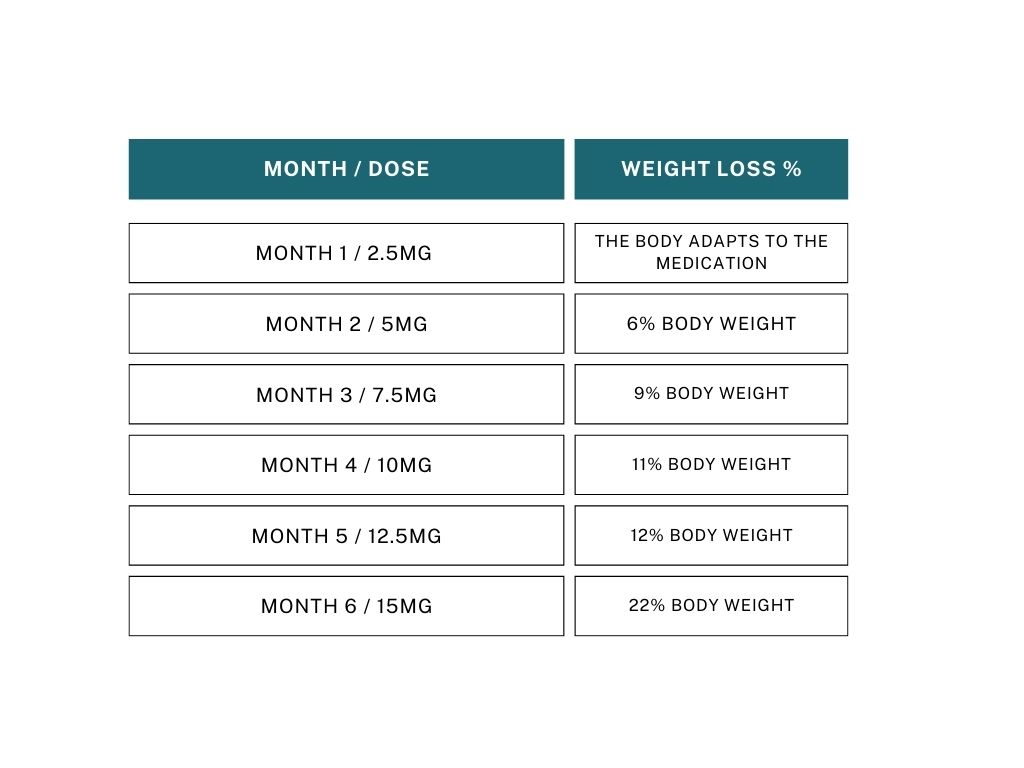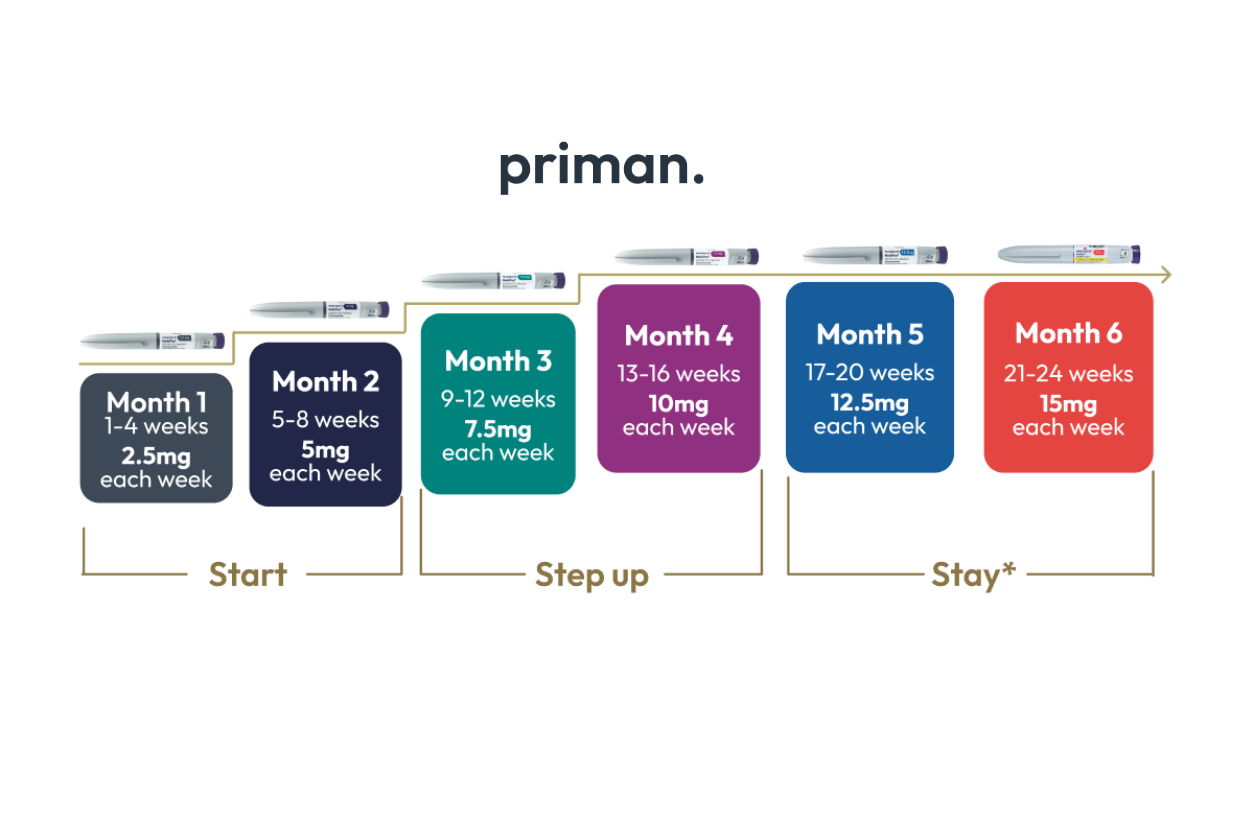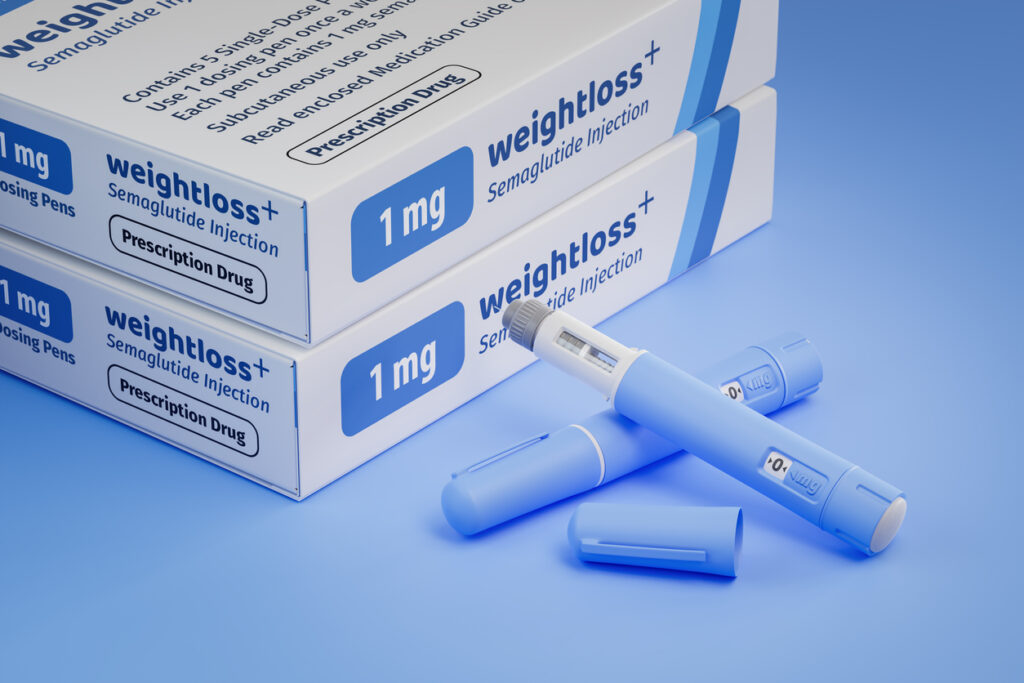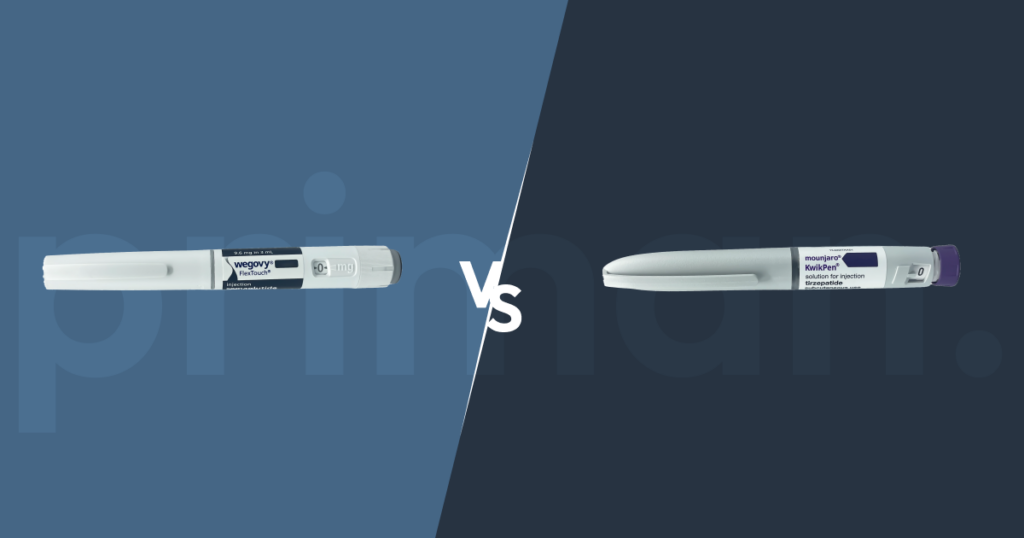Mounjaro, a groundbreaking weight loss injection for weight management and type 2 diabetes, has been making waves in the healthcare world. If you’re considering Mounjaro as a potential option, it’s essential to understand the timeline and what to expect during your treatment. Let’s break down the journey.
The Initial Consultation
- Assessment: Your healthcare professional will conduct a thorough evaluation, including your medical history, current medications, and lifestyle factors.
Ready to kickstart your weight loss journey?
Take the first step with a Priman assessment.
- Eligibility: They’ll determine if you’re a suitable candidate based on your BMI, health conditions, and other relevant factors.
Starting the Weight Loss Journey: Mounjaro dosage chart
- Dosage: Mounjaro like other weight loss injections started at a low dose and gradually increased over several weeks to minimise side effects. The table below presents the Mounjaro dosage chart administered each month, the associated weight loss percentages based on clinical data.

- Injection: The medication is administered as a weekly injection.
- Monitoring: Regular follow-ups with your healthcare professional are essential to track your progress and adjust the dosage as needed.
Are there any side effects from Mounjaro?
While Mounjaro has been shown to be effective, it’s important to be aware of potential side effects. These can include:
- Gastrointestinal issues: Nausea, vomiting, diarrhoea, and constipation are common early on. These symptoms often improve over time.
- Injection site reactions: You may experience redness, swelling, or itching at the injection site.
- Other side effects: Less common side effects may include headache, fatigue, and dizziness.
If you experience any severe or persistent side effects, it’s crucial to consult with your healthcare professional.
Long-Term Benefits
Many people who have used Mounjaro report significant weight loss and improvements in their overall health. Potential long-term benefits may include:
- Reduced risk of heart disease
- Lower blood pressure
- Improved blood sugar control
- Increased energy levels
- Better quality of life
Key Takeaway
Mounjaro is a prescription medication and should only be used under the guidance of a healthcare professional. It’s essential to discuss your individual needs and goals with your doctor to determine if Mounjaro is the right choice for you.
Curious to know about Mounjaro? Read our comprehensive blog to learn everything you need to know.
References
Jastreboff, A. M. et al. (2022) “Tirzepatide once weekly for the treatment of obesity,” The New England journal of medicine, 387(3), pp. 205–216. doi: 10.1056/nejmoa2206038.
Wadden, T. A. et al. (2023) “Tirzepatide after intensive lifestyle intervention in adults with overweight or obesity: the SURMOUNT-3 phase 3 trial,” Nature medicine, 29(11), pp. 2909–2918. doi: 10.1038/s41591-023-02597-w.
Lilly.com. Available at: https://www.lilly.com/news/media/media-kits/mounjaro
Mounjaro (tirzepatide) (2024) Diabetes UK. Available at: https://www.diabetes.org.uk/guide-to-diabetes/managing-your-diabetes/treating-your-diabetes/tablets-and-medication/glp-1/mounjaro









